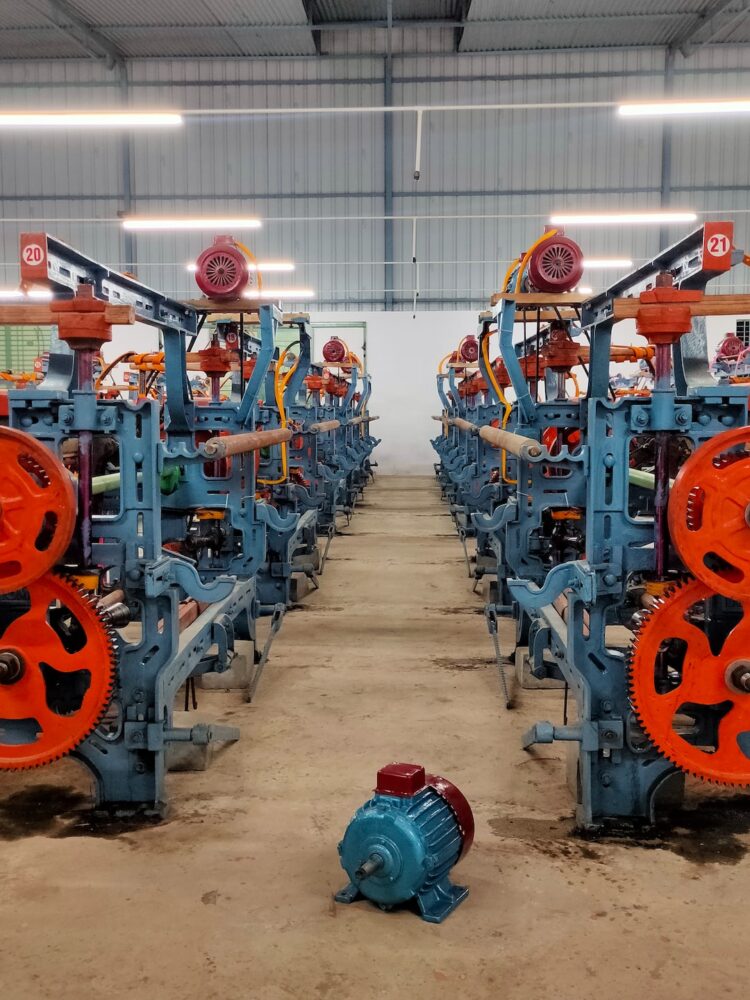Additive manufacturing, also known as 3D printing, is a revolutionary technology that has gained significant traction in various industries. While it is often associated with sectors such as automotive and aerospace, its potential extends to the healthcare sector. The role of additive manufacturing in healthcare is increasingly becoming prominent, with numerous applications and benefits for patients, healthcare providers, and researchers.
One of the key advantages of additive manufacturing in healthcare is the ability to create complex and customized medical devices. Traditional manufacturing processes often struggle to produce intricate designs, making it challenging to cater to the unique needs of patients. However, with 3D printing, healthcare providers can create personalized prosthetics, implants, and other medical devices that precisely match the patient’s anatomy.
This customization leads to better patient outcomes and enhanced comfort. For example, in dentistry, 3D printing allows for the creation of perfectly fitting dental crowns, bridges, and aligners, significantly improving the patient’s experience. Additionally, additive manufacturing enables the production of prosthetic limbs that are tailored to the individual’s specific requirements, greatly enhancing mobility and quality of life.
Another vital application of additive manufacturing in healthcare is in the field of tissue and organ engineering. The ability to print human tissue and organs has the potential to revolutionize transplantation and reduce the dependency on donor organs. Researchers are actively working on developing techniques to print functional organs such as kidneys, livers, and hearts, which could alleviate the global organ shortage crisis.
3D bioprinting, a subset of additive manufacturing, involves the fabrication of living tissue by layering cells in precise configurations. By employing this technology, scientists have successfully created skin grafts, cartilage, and even blood vessels. This advances regenerative medicine by enabling the production of patient-specific tissues and organs, reducing the risk of rejection and improving transplant success rates.
Moreover, additive manufacturing has proven to be vital in the field of medical research and education. Researchers can use 3D printing to produce anatomical models that replicate human body parts with exceptional accuracy. These models allow for better visualization and understanding of complex structures, aiding in surgical planning and training. Medical students can also benefit from 3D-printed models, as they provide a hands-on learning experience, allowing them to practice procedures and enhance their skills before working with actual patients.
Additionally, additive manufacturing plays a critical role in the production of pharmaceuticals. The traditional approach to drug manufacturing involves mass production, which may not cater to the specific needs of every patient. With 3D printing, personalized dosages can be easily created, improving medication adherence and efficacy. This technology also enables the fabrication of complex drug delivery systems, such as multi-layered tablets that release different medications at different times, enhancing treatment efficacy, particularly for chronic conditions.
Despite the numerous benefits and exciting possibilities of additive manufacturing in healthcare, some challenges remain. The cost of 3D printing is often higher than traditional manufacturing methods, making it less accessible to many healthcare facilities. However, as the technology advances, costs are expected to decrease, enabling wider adoption across the sector.
Furthermore, there are regulatory and ethical considerations surrounding the use of additive manufacturing in healthcare. Clear guidelines and standards need to be established to ensure the safety and effectiveness of 3D-printed medical devices and pharmaceuticals. Additionally, questions regarding intellectual property and patient privacy must be addressed to protect innovation and patient rights.
In conclusion, additive manufacturing has the potential to revolutionize the healthcare sector by enabling personalized medical devices, tissue and organ engineering, advancements in medical research and education, and the production of personalized pharmaceuticals. While challenges exist, the benefits are immense, ranging from improved patient outcomes and comfort to enhanced surgical planning and reduced organ shortages. As technology continues to advance and costs decrease, additive manufacturing is poised to play an increasingly important role in the healthcare sector, shaping the future of patient care and medical innovation.












